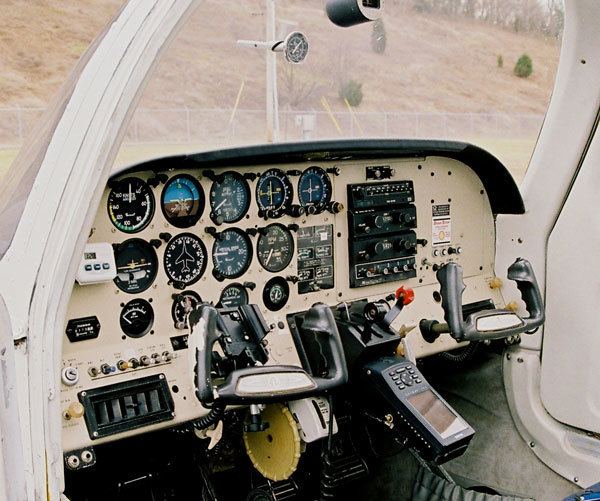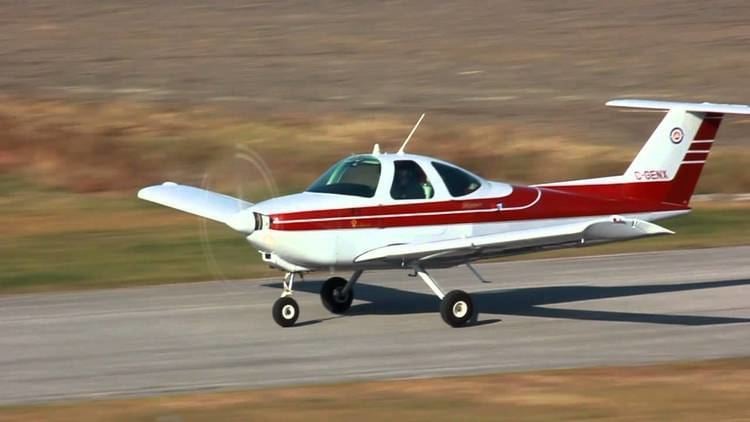Cruise speed 195 km/h Length 7.32 m Weight 499 kg First flight September 12, 1978 | Range 764 km Wingspan 9.14 m | |
 | ||
Casey and phil in a beechcraft skipper takeoff from chattanooga
The Beechcraft Model 77 Skipper is a two-seat, fixed tricycle gear general aviation airplane, originally designed for flight training but also used for touring and personal flying.
Contents
- Casey and phil in a beechcraft skipper takeoff from chattanooga
- Beechcraft skipper n91ew gardner aircraft sales
- Design and development
- Operational history
- Specifications
- References

Beechcraft skipper n91ew gardner aircraft sales
Design and development

The Skipper was conceived with the design goals of creating a low acquisition cost primary trainer with an emphasis on ease of maintenance and low operating costs.

Design work on the Skipper began in 1974 as the PD 285, which made its maiden flight on February 6, 1975. The Skipper was Beechcraft's attempt to enter the two-place trainer market with an aircraft capable of competing with the popular Cessna 150 line of trainer aircraft. Though the aircraft first flew with a standard tail configuration, by the time it entered production, a T-tail configuration had been adopted, giving it an appearance very similar to its close competitor, the Piper PA-38 Tomahawk of 1978 to 1982.
Like the Cessna and Piper trainers which were its primary competition, the Skipper utilizes the Lycoming O-235 engine and features side-by-side configuration seating.
The Skipper wing utilizes a GA(W)-1 airfoil, specifically developed for low-speed aviation applications, based on 1970s NASA research. The aircraft was certified for intentional spins. While it is an all-metal design, the Skipper incorporates a number of innovative construction techniques, including honeycomb bonding, tubular spars, and a hot-bonded wing structure. The flaps and ailerons are actuated by torque tubes, rather than cables. The landing gear is mounted to the fuselage/wing junction, but has a 5.17 ft (2 m) wide wheelbase, giving it a "spraddle-legged" appearance on the ground.
Operational history
The Skipper had the misfortune of being introduced at the beginning of a severe downturn in general aviation aircraft production in the United States. During its first year 1979, 47 were built, 140 in 1980, and 125 in 1981. A total of 312 aircraft were built.
Most of the production run was initially delivered to Beechcraft's flight school network, the Beech Aero Centers, where they were used as primary trainers. A handful of Skippers are still in use as trainers. Many others are in the hands of private owners who use them as touring aircraft.
Specifications
Data from Jane's All The World's Aircraft 1980–81 and Observer's Book of Aircraft 1981
General characteristics
Performance
